The third-largest city in Germany is home to some of the most fascinating architectural highlights in the country.
The metropolitan area of Munich is home to nearly 6 million people and the city is rich in history as the capital city of the Bavaria region.
Although there was a Roman settlement near the historical heart of the city, Munich only received city status in 1175 and didn’t really grow until after the Middle Ages.
The reunification of Bavaria in 1506 was an important moment in the city’s history because it became the capital city of this large region. Many famous landmarks in Munich were constructed as a result.
Although many historic structures in Munich were destroyed during World War II, they have all been rebuilt to their former glory.
In this article, you’ll discover some of the most famous buildings in Munich!
1. Nymphenburg Palace
Nymphenburg Palace is an incredible palace and the enormous former summer residence of the Bavarian Rulers. Calling this place a big palace is an understatement. The façade of this building in Munich has a length of 632 meters (2,073 feet), a staggering number.
The core Baroque building was completed between 1664 and 1675 and was extended significantly in the early 18th century. The palace complex in the western part of the city is flanked by an equally impressive garden that covers an area of 200 hectares (490 acres).

2. Amalienburg
Amalienburg is a relatively small structure that is located within the garden of the Nymphenburg Palace. This Rococo building served as the hunting lodge of the Bavarian rulers and was constructed between 1734 and 1739.
The most impressive feature of this remarkable hunting lodge is a hall of mirrors that defines the Rococo style of architecture. This room is located in the center of the building and was the main point of focus of the architect who designed the structure.
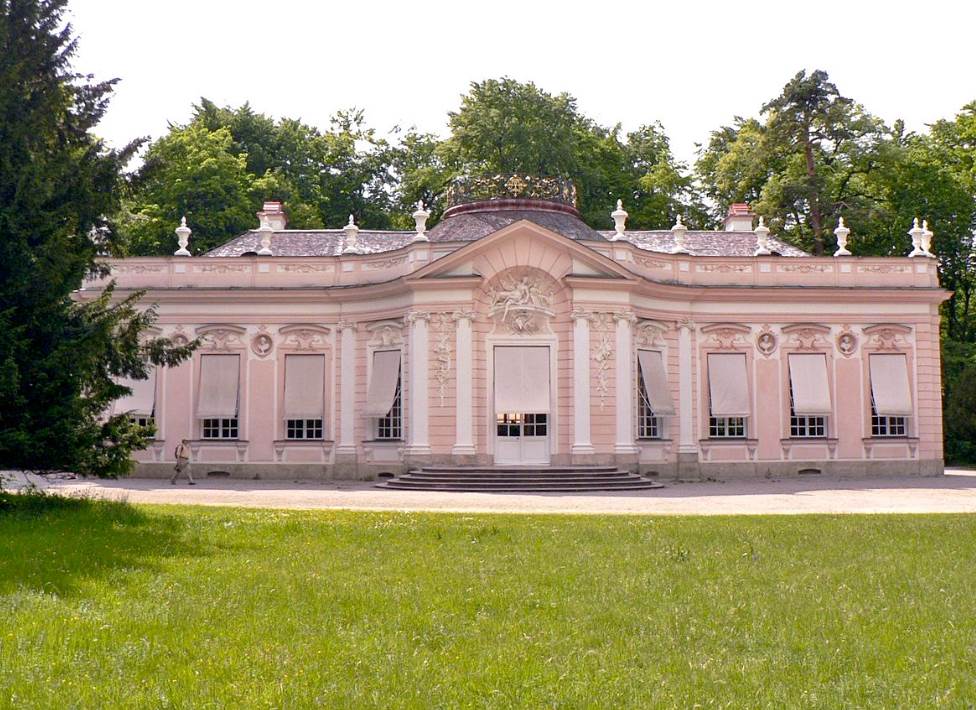
3. Siegestor
The Siegestor is an amazing triumphal arch that is located just north of the historical heart of Munich. It was commissioned by King Ludwig I of Bavaria to commemorate the victories of the Bavarian army. This remarkable structure was completed in 1852.
The arch is topped by a quadriga that is remarkably pulled by lions instead of horses, a reference to the House of Wittelsbach, the Bavarian rulers. Although the arch was dedicated to the army in the 19th century, it was rededicated as a symbol of peace following World War II.
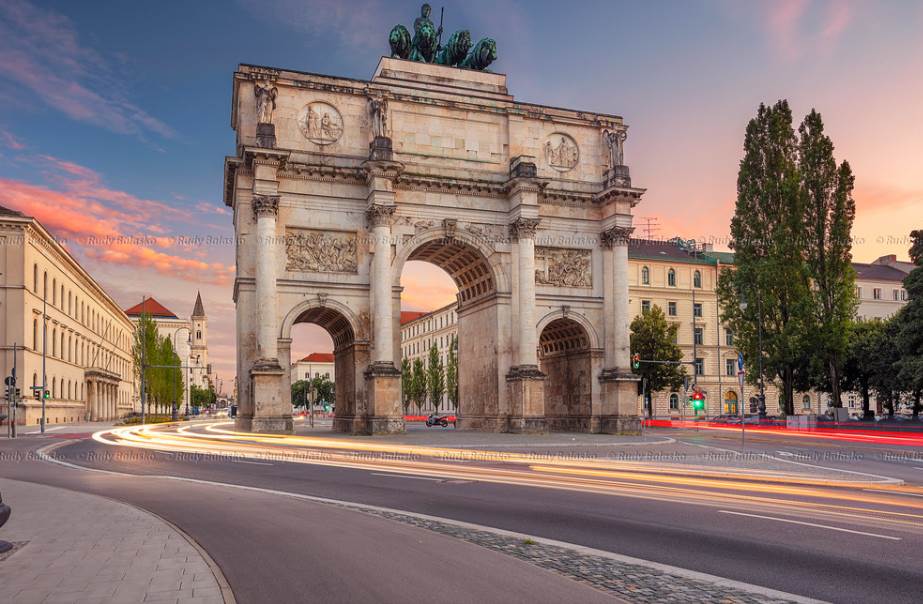
4. Alte Pinakothek
The Alte Pinakothek is another building in Munich that was commissioned by King Ludwig I of Bavaria in 1826. He did so to have a building to store his immense collection of art. Today, it still houses an amazing collection of paintings ranging from the 14th to 18th centuries.
The building incorporates a Renaissance Revival architectural style which was quite an unusual choice in the 19th century. The structure was completed in 1836 and had some revolutionary features upon completion such as skylights to allow natural light to illuminate the collection.
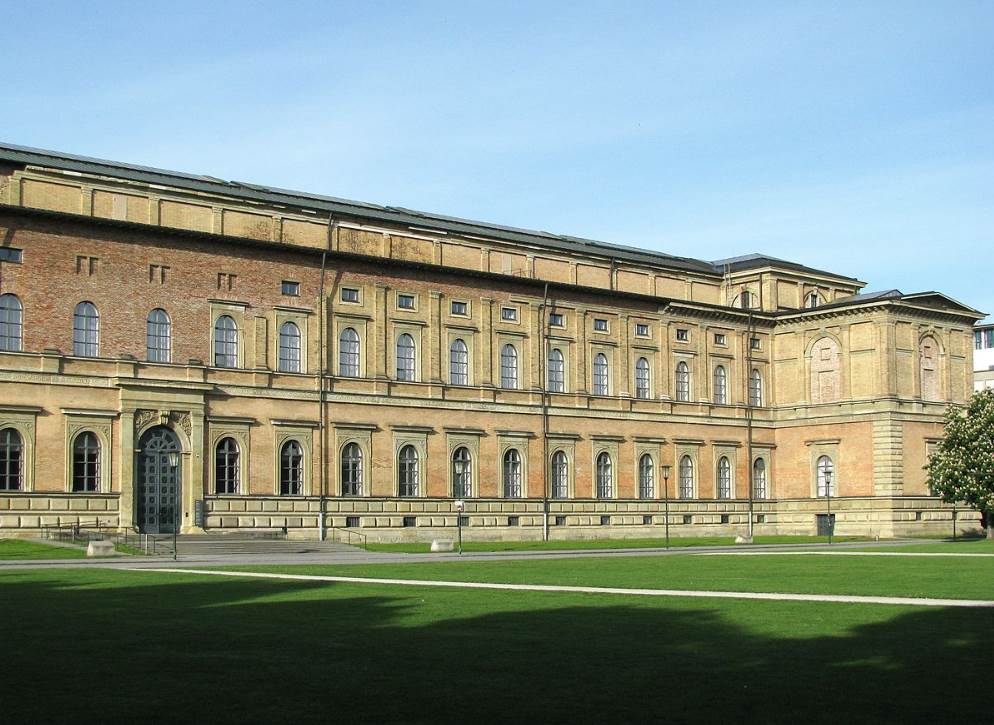
5. Frauenkirche
The Frauenkirche is the most famous church in Munich that serves as the seat of the city’s Archbishop. The official name of the church is “Dom zu Unserer Lieben Frau” but it’s sometimes referred to by its alternative name “Münchner Dom” or “Munich Cathedral” as well.
The church dominates the center of the city because a height limit was imposed. No building can be taller than 99 meters (324.8 feet), a figure slightly higher than both towers. Although the Frauenkirche is a Gothic Cathedral that was consecrated in 1494, the red brick building lacks the Gothic decorations that make the style so distinctive.

6. Marienplatz
Marienplatz is the most famous square in Munich and has been the heart of the city since 1158. The square was named after the Mariensäule, a Marian column that features a gilded sculpture of the Virgin Mary that has dominated the center of the square since 1638.
The square is lined with some of the most important historical buildings in Munich, including the Old Town Hall and the New Town Hall. The medieval tournaments and markets that were held here have been replaced by the annual Christkindlmarkt, a popular Christmas market in the city.
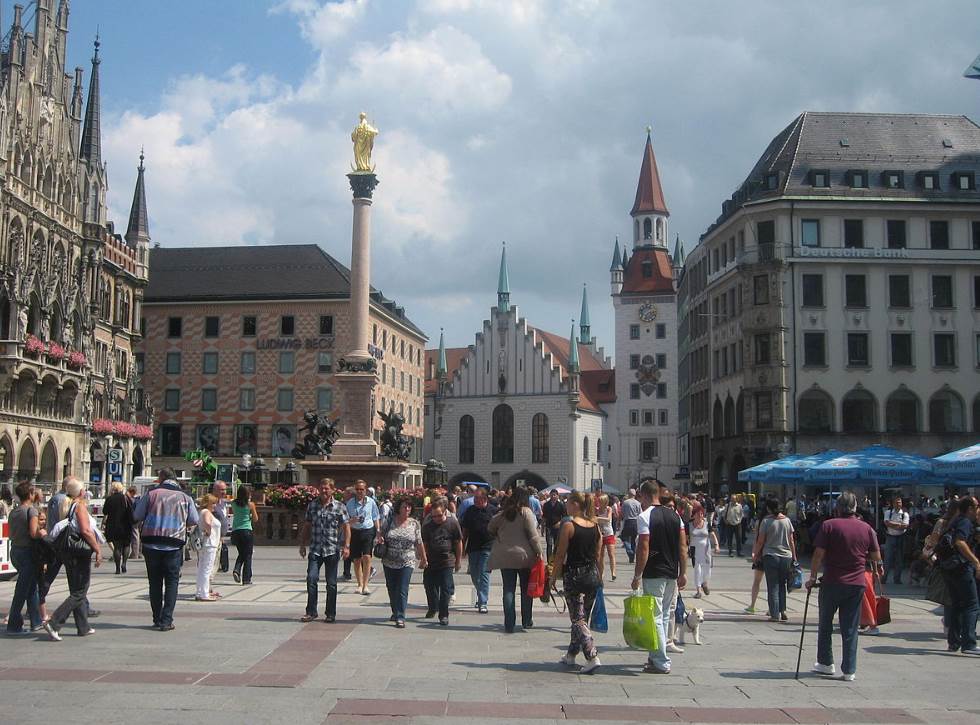
7. New Town Hall
The northern part of Marienplatz is dominated by the New Town Hall, an incredible Gothic Revival building that has served as the home of the city council and mayor’s office since 1874. It replaced the Old Town Hall which had become way too small for its purpose in the 19th century.
The design of the building was inspired by Brussels’ City Hall, the building that dominates Grand Place in Belgium’s capital city. The Brabantine Gothic tower that was constructed between 1449 and 1455 served as the main inspiration for the tower of Munich’s city hall.
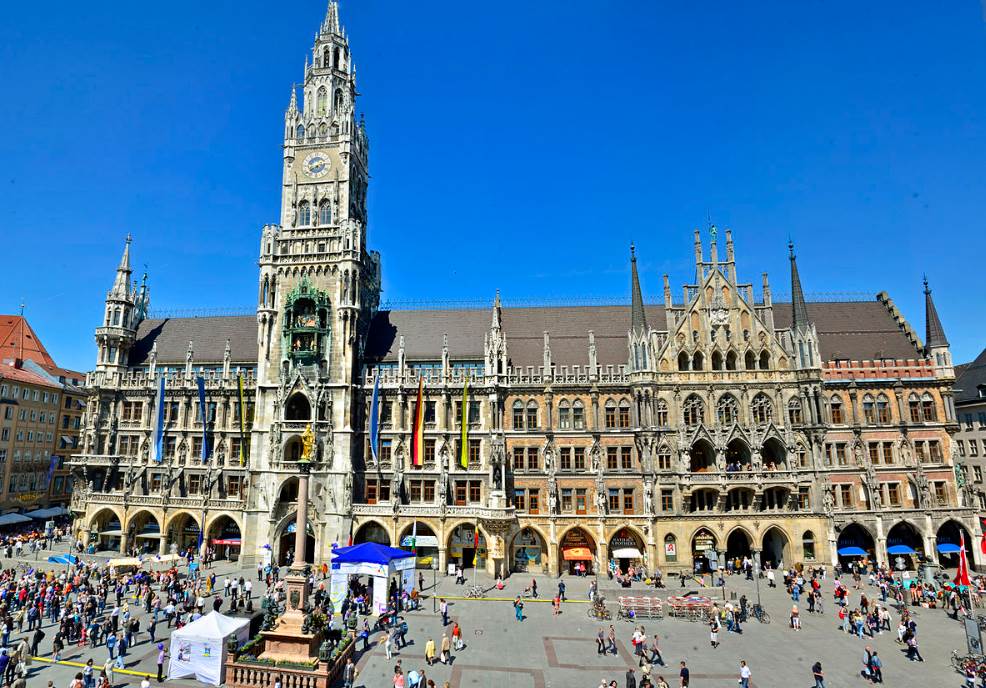
8. Munich Residenz
The Munich Residenz is an incredible palace complex in the heart of the city. It served as the official residence of the Bavarian rulers and they transformed it into the largest urban palace in Germany. It features 10 courtyards and 130 rooms.
The first buildings in this location were constructed in the late 14th century and the complex was gradually expanded over the centuries. The Rococo Cuvilliés Theatre and the Renaissance-style Hall of Antiquities or “Antiquarium” are some of the highlights of the Residenz.
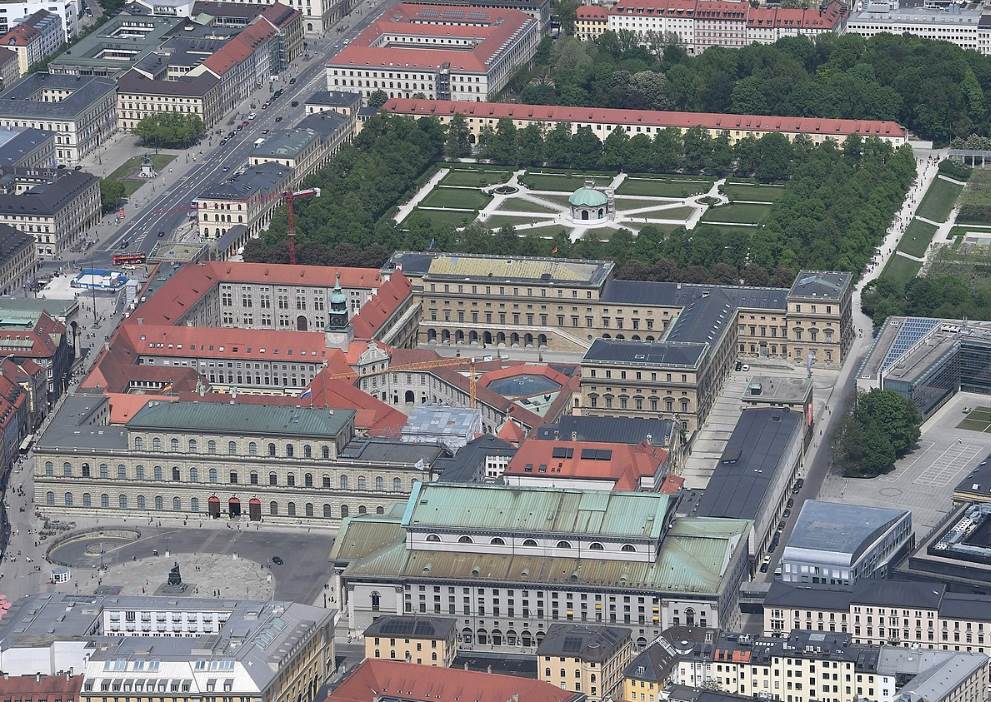
9. Feldherrnhalle
The Feldherrnhalle is a monumental building in Munich that dominates the Odeonsplatz in the heart of the city. It’s a loggia, a covered exterior gallery, that was commissioned by King Ludwig I of Bavaria the commemorate his army. This was the same purpose as the Siegestor.
It’s located just west of the Munich Residenz and was constructed between 1841 and 1844. It has witnessed an important moment in world history because it was here that Adolf Hitler launched his failed coup d’état referred to as the “Beer Hall Putsch.” He later transformed the Feldherrnhalle into a memorial to commemorate the 16 Nazis who died during this event.
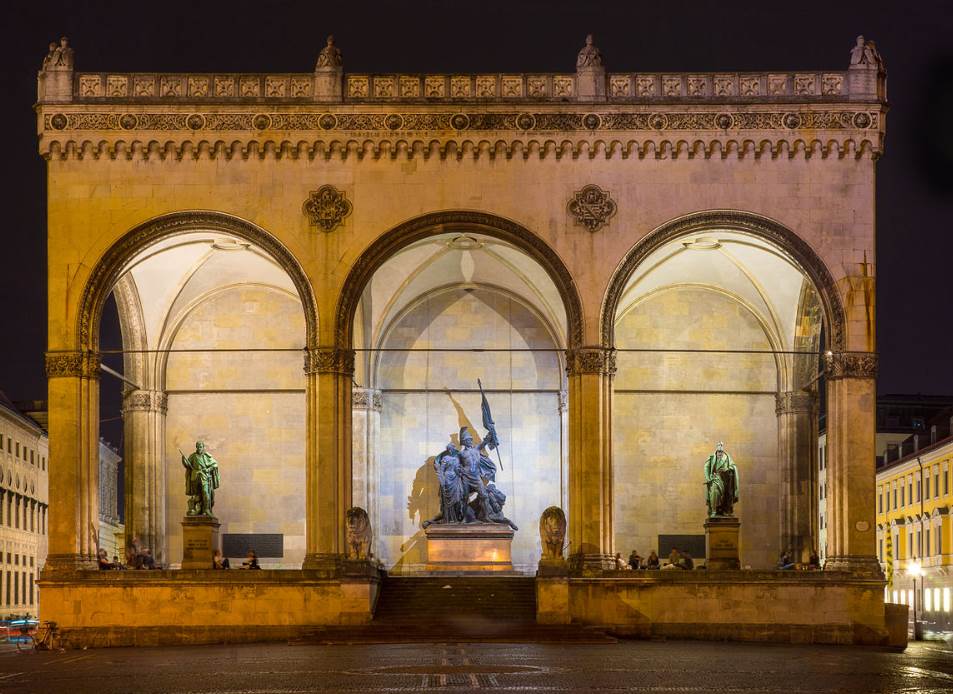
10. Olympiaturm
The Olympiaturm is the most prominent landmark in the Olympiapark in the northern suburbs of Munich. This famous tower was constructed in 1968 in anticipation of the 1972 Summer Olympics that were held in the city that year.
The tower reaches a height of 291 meters (955 feet) and is used as both a telecommunications tower and a tourist attraction. It features a revolving restaurant with 230 seats and an observation deck at a height of 182 meters (597 feet). This deck allows you to get some of the most amazing views of Munich imaginable.



